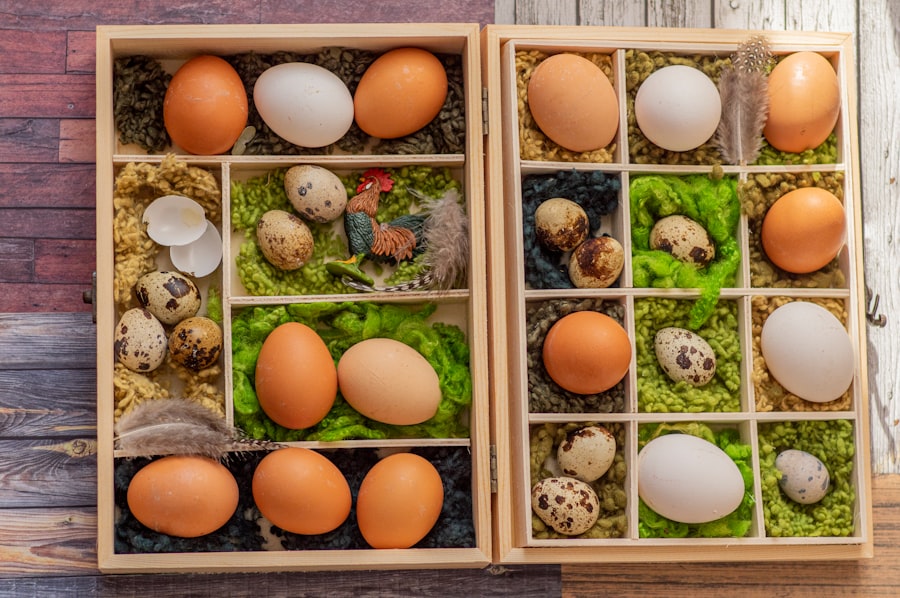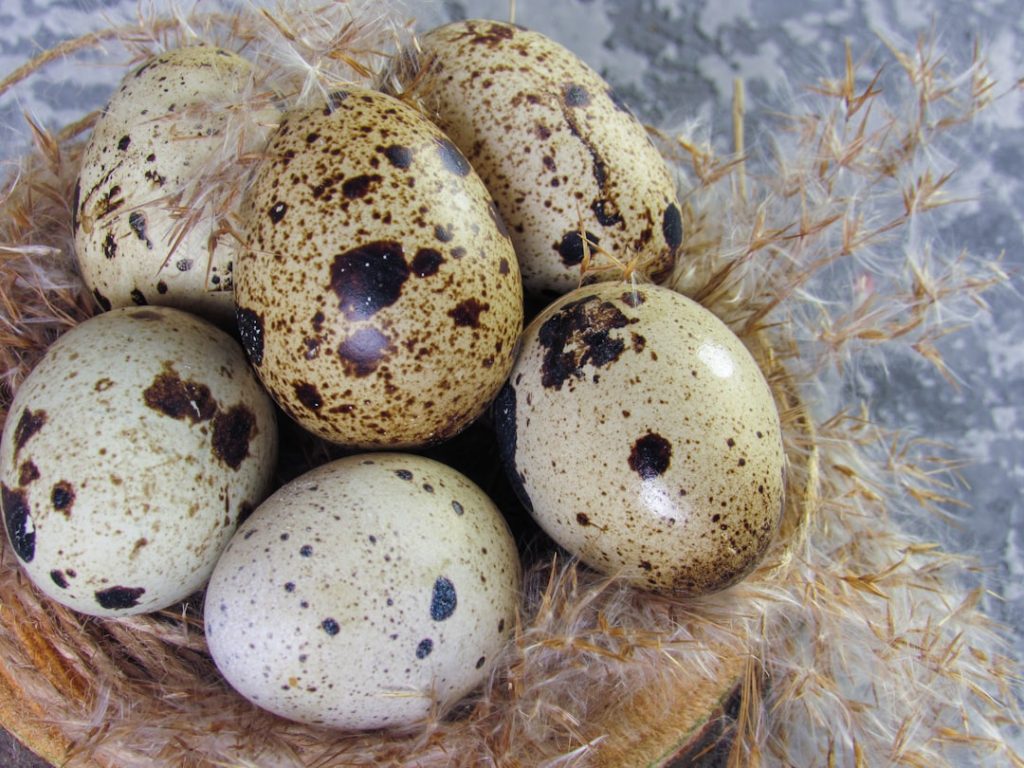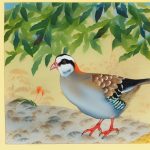Coturnix quail, also known as Japanese quail, are small game birds that are popular for their meat and eggs. They are native to East Asia and have been domesticated for thousands of years. Coturnix quail are known for their fast growth, high egg production, and ease of care, making them a popular choice for backyard poultry enthusiasts and commercial farmers alike. These birds are also prized for their beautiful color variations, which have been selectively bred over the years to create a wide range of stunning hues and patterns. In this article, we will explore the different breeds and color varieties of Coturnix quail, as well as the genetics behind their colors and how to care for them.
Table of Contents
- 1 Breeds of Coturnix Quail
- 2 Color Varieties of Coturnix Quail
- 3 Breeding and Genetics of Coturnix Quail Colors
- 4 Caring for Coturnix Quail of Different Colors
- 5 Showcasing Coturnix Quail on Poultry Pages
- 6 Appreciating the Beauty of Coturnix Quail Colors
- 7 FAQs
- 7.1 What are the different colors of Coturnix quail breeds?
- 7.2 Do the different colors of Coturnix quail breeds have any specific characteristics?
- 7.3 Are certain colors of Coturnix quail breeds more valuable or sought after than others?
- 7.4 Can different colors of Coturnix quail breeds be bred together?
- 7.5 Are there any specific care requirements for different colors of Coturnix quail breeds?
Key Takeaways
- Coturnix quail are small, hardy birds that are popular for their egg production and meat.
- There are several breeds of coturnix quail, including the Pharaoh, Italian, and Tuxedo.
- Coturnix quail come in a variety of colors, including standard brown, white, and rare colors like silver and blue.
- Breeding and genetics play a key role in determining the color varieties of coturnix quail.
- Different colored coturnix quail require similar care, including proper housing, feeding, and protection from predators.
Breeds of Coturnix Quail
There are several different breeds of Coturnix quail, each with its own unique characteristics and traits. The most common breed is the Pharaoh Coturnix quail, which is known for its hardiness, fast growth, and high egg production. Other popular breeds include the Italian, Tuxedo, and Tibetan Coturnix quail, each with its own distinct color patterns and markings. These breeds have been selectively bred over the years to enhance certain traits, such as egg production, meat quality, and color variations. Breeders have also developed specific strains of Coturnix quail for different purposes, such as meat production or exhibition showing. Each breed has its own standard of perfection, which outlines the ideal characteristics and color patterns for exhibition birds.
Color Varieties of Coturnix Quail
Coturnix quail come in a wide range of color varieties, thanks to selective breeding and genetics. Some of the most popular color variations include wild-type, tuxedo, silver, golden, white, and red. The wild-type variety is the most common and closely resembles the natural coloration of wild Coturnix quail, with a mottled brown and black pattern on the back and wings. Tuxedo quail have a striking black and white pattern, with a white bib on the chest and white markings on the face. Silver quail have a beautiful silver and black pattern, while golden quail have a rich golden brown coloration. White quail are pure white with no markings, while red quail have a deep red hue. Breeders have also developed rare color varieties, such as blue, lavender, and cream, through careful selection and breeding.
Breeding and Genetics of Coturnix Quail Colors
The color variations in Coturnix quail are controlled by a complex system of genetics, which can be fascinating to breeders and enthusiasts. The genes responsible for color are inherited from both parents and can interact in different ways to produce a wide range of hues and patterns. For example, the wild-type coloration is controlled by a combination of genes that produce the mottled brown and black pattern. Tuxedo quail inherit a gene for white markings that creates their distinctive pattern, while silver and golden quail inherit genes that affect the production of melanin, resulting in their unique coloration. Breeders can use their knowledge of genetics to selectively breed for specific color traits, such as intensity of color, pattern size, and evenness of markings. By understanding the inheritance patterns of color genes, breeders can create new and exciting color varieties in Coturnix quail.
Caring for Coturnix Quail of Different Colors
Caring for Coturnix quail of different colors is similar to caring for any other variety of quail. They require a secure enclosure with plenty of space to move around, as well as protection from predators and the elements. Quail also need a balanced diet that includes high-quality feed, fresh water, and occasional treats such as mealworms or greens. When caring for quail of different colors, it’s important to monitor their health and behavior to ensure they are thriving. Some color varieties may have specific traits or characteristics that require extra attention, such as albino quail that may be more sensitive to sunlight. Overall, providing proper care and attention to all Coturnix quail will help them stay healthy and vibrant in their colors.
Showcasing Coturnix Quail on Poultry Pages

Coturnix quail are often showcased on poultry pages and at exhibitions for their stunning colors and patterns. Breeders and enthusiasts take great pride in their birds and enjoy sharing them with others who appreciate their beauty. Poultry pages and online forums provide a platform for showcasing different color varieties of Coturnix quail, as well as sharing breeding tips, genetics information, and care advice. Exhibitions and shows also offer opportunities for breeders to display their birds and compete for awards based on color perfection and overall quality. Showcasing Coturnix quail on poultry pages helps to promote the hobby of raising these birds and encourages others to appreciate the diversity of colors that can be found in this fascinating species.
Appreciating the Beauty of Coturnix Quail Colors
In conclusion, Coturnix quail are not only valued for their meat and eggs but also for their stunning array of colors and patterns. Breeders have worked tirelessly to develop new color varieties through selective breeding and an understanding of genetics. Caring for these birds requires attention to their specific needs based on their color traits, but overall they are hardy and easy to care for. Showcasing Coturnix quail on poultry pages and at exhibitions allows breeders to share their passion for these birds with others who appreciate their beauty. By understanding the genetics behind their colors and providing proper care, we can continue to enjoy the diverse range of hues and patterns found in Coturnix quail for generations to come.
If you’re interested in learning more about poultry and raising chickens, you might also enjoy reading an article on Poultry Wizard about the best kind of coop for chickens. This informative piece discusses different coop options and their benefits for keeping your flock safe and comfortable. Check it out here.
FAQs
What are the different colors of Coturnix quail breeds?
There are several different colors of Coturnix quail breeds, including standard colors such as brown, white, and tuxedo, as well as more rare colors like silver, blue, and lavender.
Do the different colors of Coturnix quail breeds have any specific characteristics?
While the different colors of Coturnix quail breeds do not have specific characteristics, breeders may select for certain traits within specific color lines, such as size, egg production, or temperament.
Are certain colors of Coturnix quail breeds more valuable or sought after than others?
Some rare colors of Coturnix quail breeds may be more valuable or sought after by breeders and enthusiasts due to their unique and uncommon appearance. However, the value of a specific color can vary depending on the preferences of individual breeders and the current market demand.
Can different colors of Coturnix quail breeds be bred together?
Yes, different colors of Coturnix quail breeds can be bred together to produce mixed color offspring. This can result in a wide variety of color combinations and patterns within the quail population.
Are there any specific care requirements for different colors of Coturnix quail breeds?
The care requirements for different colors of Coturnix quail breeds are generally the same, including proper housing, nutrition, and healthcare. However, certain color variations may be more susceptible to certain health issues, so it’s important to monitor the overall health of the quail regardless of their color.
Meet Walter, the feathered-friend fanatic of Florida! Nestled in the sunshine state, Walter struts through life with his feathered companions, clucking his way to happiness. With a coop that’s fancier than a five-star hotel, he’s the Don Juan of the chicken world. When he’s not teaching his hens to do the cha-cha, you’ll find him in a heated debate with his prized rooster, Sir Clucks-a-Lot. Walter’s poultry passion is no yolk; he’s the sunny-side-up guy you never knew you needed in your flock of friends!







